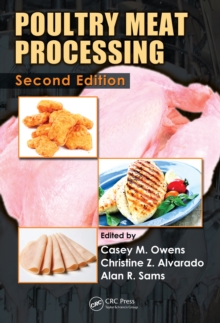
Puerto Rico: Recovery, Economic and Political Issues PDF
Edited by Miroslav Malat
Part of the Central America and the Caribbean series
Description
Puerto Rico lies approximately 1,000 miles southeast of Miami and 1,500 miles from Washington, DC.
Despite being far outside the continental United States, the island has played a significant role in American politics and policy since the United States acquired Puerto Rico from Spain in 1898.
On September 20, 2017, Hurricane Maria made landfall in Puerto Rico as a Category 4 storm with sustained wind speeds of over 155 miles per hour.
At that time, the Commonwealth of Puerto Rico was already in recovery mode following the glancing blow struck by Hurricane Irma on September 6, 2017, which left 70% of electricity customers without power.
Chapter 1 deals with the challenges to recovery in Puerto Rico and the role of the Financial Oversight and Management Board.
Even before the 2017 hurricane season, Puerto Rico's electric power infrastructure was known to be in poor condition, due largely to underinvestment and the perceived poor maintenance practices of the Puerto Rico Electric Power Authority (PREPA).
Chapter 2 focuses on the recovery of Puerto Rico from the hurricanes, and the restoration of power.
The two hurricanes that hit may have been historic, but they exposed a state of affairs in Puerto Rico that existed well before any of the hurricanes made landfall.
Decades of mismanagement led to a paralyzing debt burden.
Chapter 3 describes the factors that contributed to Puerto Rico's financial condition and levels of debt and federal actions that could address these factors.
Chapter 4 examines the economic conditions in Puerto Rico as of the end of 2016, and (2) assesses the potential effects of applying the 2016 Overtime Rule to Puerto Rico.
Chapter 5 provides policy and historical background about Puerto Rico's political status-referring to the relationship between the federal government and a territorial one.
Congress has not altered the island's status since 1952, when it approved a territorial constitution.
Information
-
Download - Immediately Available
- Format:PDF
- Pages:327 pages
- Publisher:Nova Science Publishers, Inc.
- Publication Date:06/03/2019
- Category:
- ISBN:9781536152180
Information
-
Download - Immediately Available
- Format:PDF
- Pages:327 pages
- Publisher:Nova Science Publishers, Inc.
- Publication Date:06/03/2019
- Category:
- ISBN:9781536152180










